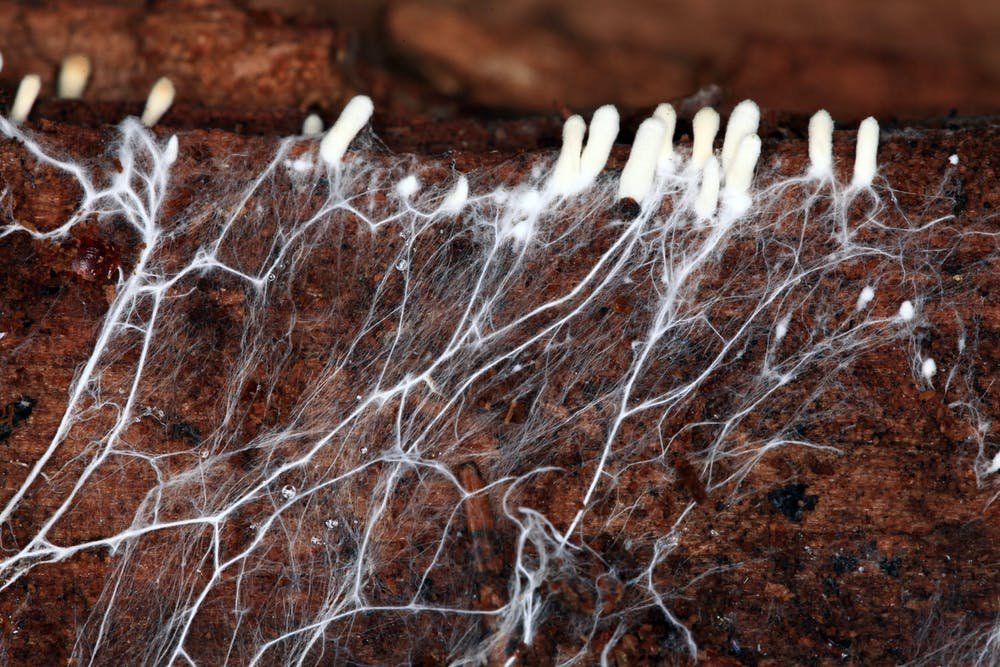Imagine if a ripped leather jacket could repair itself instead of needing to be replaced. This could one day be a reality if the jacket is fashioned from fungus, researchers report on April 11 in Advanced Functional Materials. The team made a self-healing leather from mushrooms’ threadlike structures called mycelium, building on past iterations of the material to allow it to fix itself.
Mycelium leather is already an emerging product, but it’s produced in a way that extinguishes fungal growth. Elise Elsacker and colleagues speculated that if the production conditions were tweaked, the mycelium could retain its ability to regrow if damaged.
That novel approach could offer inspiration to other researchers trying to get into the mycelium leather market, says Valeria La Saponara, a mechanical and aerospace engineer at the University of California, Davis.
Elsacker, a bioengineer now at the Vrije Universiteit Brussel, and her colleagues first grew mycelium in a soup rich in proteins, carbohydrates, and other nutrients. A skin formed on the surface of the liquid, which the scientists scooped off, cleaned, and dried to make a thin, somewhat fragile leather material. They used temperatures and chemicals mild enough to form the leather but leave parts of the fungus functional. Left dormant were chlamydospores, little nodules on the mycelium that can spring back to life and grow more mycelium when conditions are prime.
After punching holes in the leather, the researchers doused the area in the same broth used to grow it to revive the chlamydospores. The mycelium eventually regrew over the punctures. Once healed, the hole-punched areas were just as strong as undamaged areas — however, the repairs were visible from one side of the leather.
The technique could potentially go beyond a proof-of-concept and into commercialization in the next decade, says study coauthor Martyn Dade-Robertson, codirector of the Hub for Biotechnology in the Built Environment in Newcastle upon Tyne. But first, the team will need to make the leather stronger and determine how to control the chlamydospores’ growth. Otherwise, he says, someone could “walk out in the rain, and then all of a sudden find that [their] jacket is growing, or perhaps [has] mushrooms popping out of it.”

